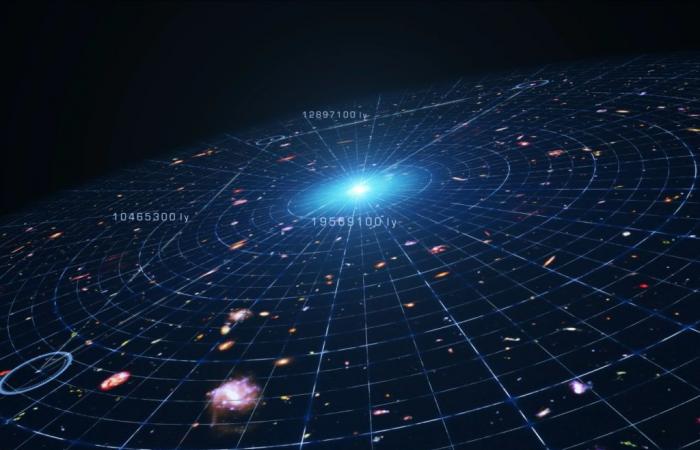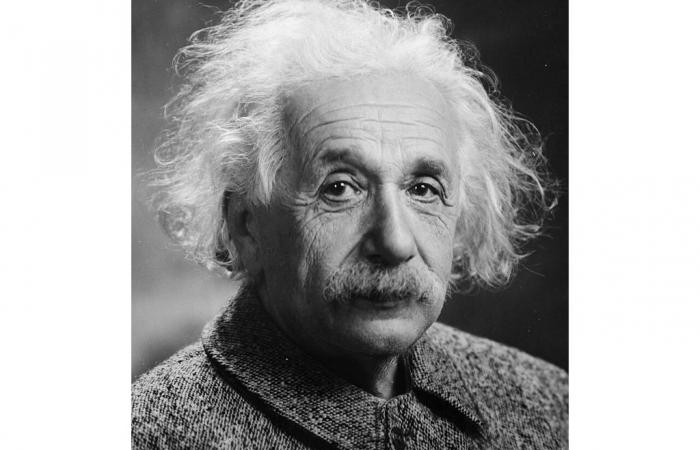Understanding gravity has been a challenge for physicists for centuries. The first steps in understanding this fundamental interaction were taken by Isaac Newton and developed by Albert Einstein centuries later. Albert Einstein’s general relativity is the theory that underlies the best explanation of the nature of gravity. Einstein described gravity as the curvature of space-time caused by the presence of mass and energy.
Despite the success of general relativity for small scales, the question still arises whether this theory can describe cosmological scales. These mainly include the concepts of dark energy and dark matter, which together constitute 95% of the Universe. The nature of these two elements is still unknown and some astrophysicists wonder if the problem does not lie in the current models that describe the Universe, including general relativity.
One of the main questions is whether general relativity works on a cosmological scale and several projects aim to answer this question. Recently, new results from the Dark Energy Spectroscopic Instrument (DESI) were published. Two important results stand out, one of which is confirmation of the predictions of large-scale general relativity and a limit on the mass of neutrinos.
What is gravity?
Gravity is one of the four fundamental interactions in nature. This interaction has an attractive behavior, that is, it is responsible for attracting objects of mass towards each other. It is the most dominant interaction on a galactic scale and is what keeps us attached to the Earth’s surface. The solar system is also dominated by gravity and the planets orbit the Sun thanks to this interaction.
Isaac Newton described gravity in his law of universal gravitation, which states that the force between two bodies is proportional to their mass and inversely proportional to the square of the distance between them.
Today, the most general description of gravity is the theory of general relativity, proposed by Albert Einstein. According to Einstein, gravity is geometric in nature, with massive bodies distorting space-time. However, gravity remains an open question, particularly regarding its union with other interactions. Additionally, gravity appears to be the only interaction without a mediating particle.
General relativity
General relativity was proposed by Albert Einstein in 1915 and is a continuation of his work in 1908, during which he presented special relativity. While special relativity concerned flat spacetime, general relativity extended to situations where spacetime is curved. Einstein showed that the distribution of mass and energy in a given region is responsible for the curvature of space-time.

This curvature would be the phenomenon we know as gravity, that is, we are stuck to the Earth’s surface because the Earth’s mass distorts space-time. Einstein’s theory was confirmed four years later by the observation of an eclipse. In addition, general relativity has enabled the discovery of objects such as black holes, as well as a cosmological description of the structure of the Universe.
The mysteries of the Universe
Dark matter and dark energy are considered one of the greatest mysteries of the universe. Despite their similar names, they are different concepts with completely different behaviors. Dark matter is an unknown form of matter that does not interact in any way except through gravitation. Dark energy, for its part, is the cause of the accelerated expansion of the universe, acting in the opposite direction to gravity.
Although general relativity describes how gravity acts on large scales, it does not completely explain the nature of dark matter and dark energy. Some alternative theories, such as modified gravity, attempt to explain dark matter and dark energy. However, to date, no model has succeeded in establishing itself, but general relativity has recently gained a new point in explaining the Universe on a large scale.
DESI
DESI (Dark Energy Spectroscopic Instrument) is a project designed to map the structure of the universe in three dimensions and answer questions about dark energy. It was installed on the Mayall telescope at the Kitt Peak National Observatory in the United States. DESI has 5,000 optical fibers that allow different objects such as galaxies and quasars to be observed simultaneously.

The physics behind DESI is based on the effect called redshift, where the elongation of the wavelength of light from distant objects indicates their speed and distance from Earth. By measuring the red shift of millions of galaxies, DESI is able to map the 3D distribution of the universe and identify certain clusters. By studying these observations, it is possible to understand how dark matter acts on clusters and how dark energy acts on the expansion of the Universe.
Results of the DESI study
With around 6 million galaxies and quasars observed, it has been possible to study the evolution of the Universe since around 3 billion years after the Big Bang. These observations are in agreement with the predictions of general relativity, even on the cosmological scale. The formation rate and distribution of galaxies are consistent with predictions from models that include general relativity.
Additionally, the updated DESI results also include a study of particles called neutrinos, which are known as “ghost particles.” Neutrinos are very light particles that were long thought to have no mass. However, experiments have made it possible to determine the mass of neutrinos and set a lower limit. DESI has found an estimate of the upper limit of neutrino mass.
Article reference:
DESI Collaboration et al. DESI 2024 V: Full-Shape Galaxy Clustering from Galaxies and Quasars arXiv












